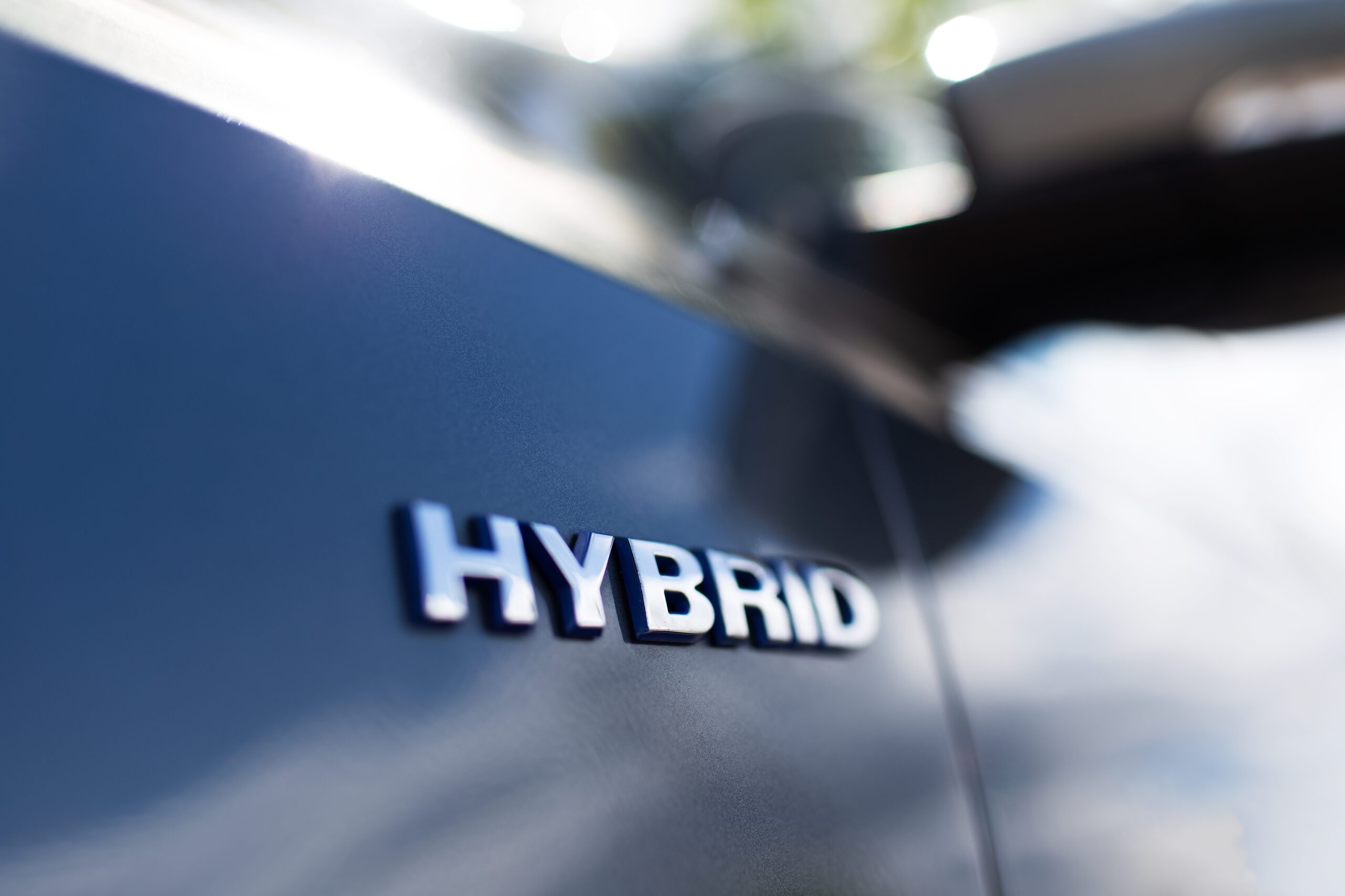Hybrid vehicles: a relevant solution for the future?
Hybrid vehicles, whether “micro”, “full hybrid” or “plug-in”, are often perceived as a step towards cleaner mobility. However, behind this ecological image, these technologies present certain contradictions that raise questions as to their relevance in the fight against climate change. It therefore seemed appropriate to explore the different variants of hybrid vehicles, and to analyze their real interest.
Light hybrid (MHEV): the illusion of efficiency
Mild Hybrid Electric Vehicles (MHEVs) are equipped with a small electric motor to assist the combustion engine in certain phases, such as acceleration. However, unlike Full Hybrids, they cannot run in 100% electric mode. Their main advantage is therefore a slight reduction in fuel consumption, and CO₂ emissions.
In theory, this technology seems to be a practical solution for short urban journeys, where the electric motor effectively relieves the combustion engine, during acceleration phases. In reality, however, the gains in terms of carbon footprint reduction are minimal.
After all, we instinctively understand that the MHEV system remains highly dependent on the combustion engine. So it’s a bit like taking a petrol engine, which consumes more fuel than a diesel, and adding a hybrid system to it in order to achieve fuel consumption (and CO2 emissions) close to that of “good old oil”: astonishing reasoning, isn’t it?

Full Hybrid: real potential, but only for certain applications
Full Hybrid vehicles (HEVs), popularized by models such as the Toyota Prius, combine a more powerful electric motor than MHEVs with a combustion engine. This means they can be driven in “all-electric” mode over short distances, especially at low speeds. Under certain conditions – and here’s the rub – this technology can significantly reduce fuel consumption, especially in city driving, where the numerous braking phases facilitate energy recovery.
However, here again, their impact on CO₂ emissions proper remains low. Some experts, such as Carbone 4, rightly point out that hybrid vehicles are inherently imperfect: let’s be clear, two engines in one car is doubly problematic. It means more components, more weight, and a manufacturing carbon footprint that remains high.
Not to mention that, in real use, theoretical benefits are often compromised by the way drivers use their vehicles.
In other words, Full Hybrid is to ecomobility what frozen pizza is to gastronomy: it may tide you over, but it will never attain the quality of a carefully cooked dish.
Plug-in hybrids (PHEV): the false good idea of the moment?
Plug-in Hybrid Electric Vehicles (PHEVs) are designed for zero-emission driving over longer distances (usually 30 to 60 km, but sometimes up to 100 km), thanks to a much larger battery. This feature currently makes it the preferred choice of many drivers who are concerned about the environment, but afraid to go “all electric”. But is it really a good solution?
In theory, yes… since a PHEV could be used mainly in electric mode. However, numerous studies – too numerous to ignore – show that, in reality, drivers do not systematically recharge their vehicles, so that the combustion engine takes over much more often than expected. What’s more, these cars are often heavier than conventional internal combustion models, which increases energy consumption, particularly on freeways.
It’s important to understand that, when a range of around fifty kilometers is claimed for an all-electric vehicle – on a mixed course, and according to the WLTP cycle – the distance between two charges will be more like thirty kilometers in “real life” … But on the freeway, energy consumption, including kWh, soars, and if you start your journey to work on a fast section, don’t expect to go more than 15km before the gasoline block is called upon. As a result, it has to carry the pachydermic weight of the vehicle, along with the batteries, which are empty and therefore useless…
Plug-in hybrids are even considered “ecological sieves”: their dual motorization (electric and internal combustion) generates higher CO₂ production during manufacture, and when misused, they consume much more than a non-hybrid vehicle! It’s a bit like putting solar panels on a house while leaving the boiler running at full blast.
A (very) imperfect transition
If we think solely in terms of urban journeys, hybrid vehicles undoubtedly represent a step forward compared with conventional internal combustion engine models. However, their contribution to the fight against climate change remains largely insufficient.
Let’s put it bluntly: In the long term, total electrification seems to be the only truly sustainable way to limit CO₂ emissions in the transport sector – and provided we also reason with car-sharing, and only on small vehicles.
Nevertheless, in the short to medium term, it would be absurd to throw hybrids out the window. What’s more, if you already own an MHEV, Full Hybrid or PHEV, the best option is to keep your vehicle in good condition for as long as possible!
Never forget that by extending the life of a vehicle, you considerably reduce the environmental impact associated with its manufacture and disposal. You can therefore count on EFI Automotive Service products to maintain your hybrid with quality parts, and de facto reduce its carbon footprint over the long term.
To conclude, let us return for a moment to the analogy of frozen pizza: it may not be particularly appetizing, but when you’re waiting for a Michelin-starred restaurant one day, it’s still enjoyable when you’re hungry.
Sources: www.radiofrance.fr, www.caradisiac.com, www.automobile-propre.com, www.tressol-chabrier.com, www.carbone4.com


